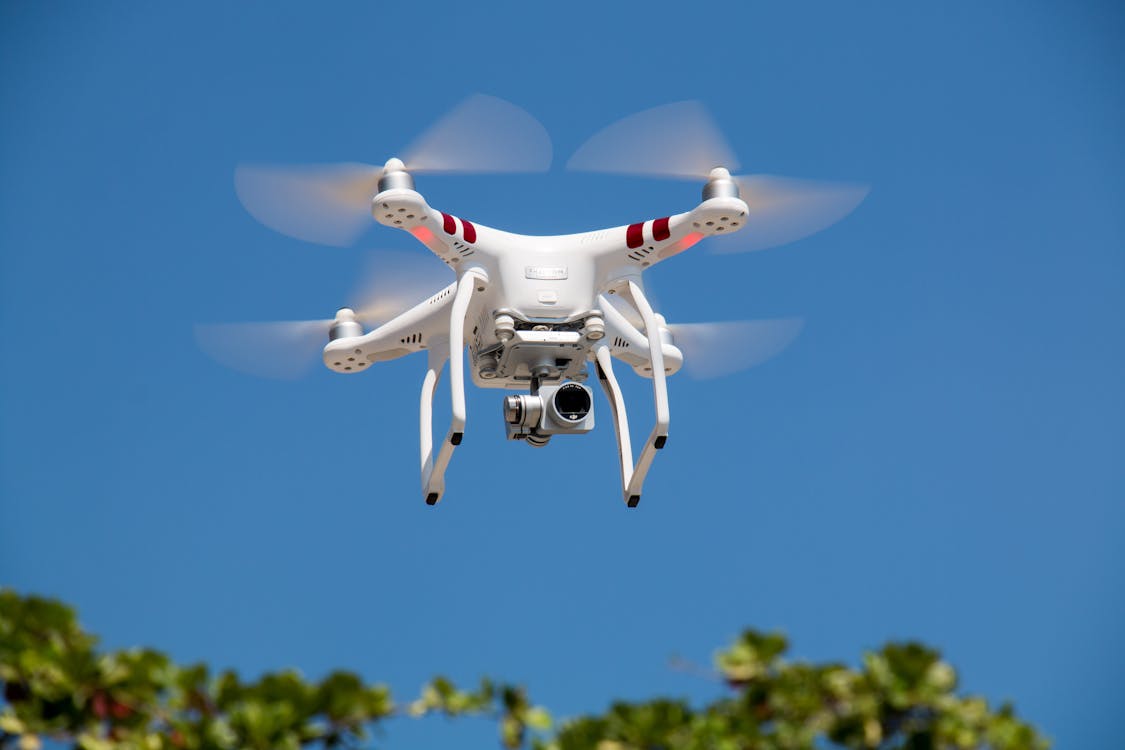It’s not uncommon to see commercial drones, unmanned aerial vehicles (UAVs) or small unmanned aerial vehicles (sUAVs) at a construction site. They can help construction businesses in many ways, such as:
- Monitoring projects for employee safety
- Surveying large sites
- Inspecting hard-to-reach locations
- Ensuring quality of work
While drones are reasonably priced and relatively easy to operate, it can expose your construction business to different risks. From following federal regulations to making sure you aren’t invading people’s privacy, it’s essential to be sure you’re using your commercial drone appropriately. Ask yourself these four questions before you start using a drone, UAV or sUAV at your construction sites.
1. Have You Applied for and Received FAA Approval?
The Federal Aviation Administration (FAA) allows the commercial use of drones that weigh less than 55 pounds. Businesses must follow Part 107 of the FAA’s guidelines, which you can do in three steps.
Learn the Rules
It’s important to make sure you’re using your drone appropriately. This includes knowing where you can fly it and what areas to keep it away from. Using your drone in a way that doesn’t align with the FAA’s regulations means your business can face penalties or even criminal charges.
Part 107 of the FAA’s regulations doesn’t cover some operations, such as operating:
- From a moving vehicle or aircraft
- A half-hour before sunrise or 30 minutes after sunset in local time
- Multiple small unmanned aircrafts
2. Are You and Your Employees Trained to Operate a Commercial Drone?
While operating a commercial drone is relatively easy, make sure you and your employees are familiar with the controls and functions. The last thing you want to do is crash the drone or have one of your employees cause damage with it.
It’s a good idea to make a plan that explains how you intend to use your commercial drone. It can include specific flight plans to use on construction sites. Give your employee time to practice piloting the drone and following the specific flight patterns so they’re prepared when using it on a construction site.
Read more about Drone coverage here
